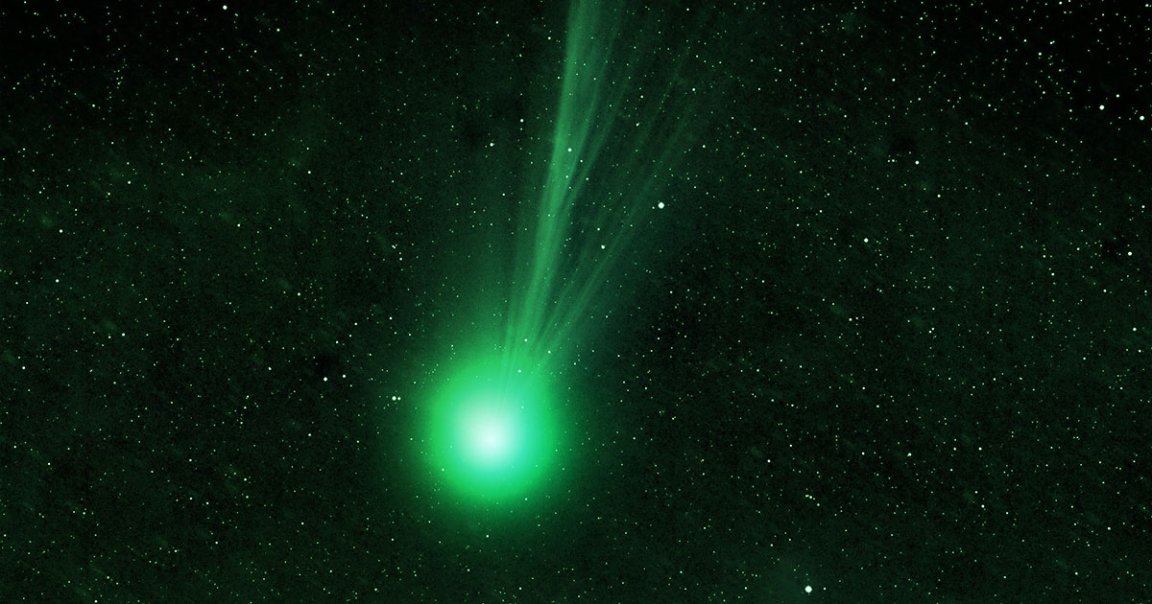
Green Lantern
Super-rare green comet C/2022 E3 — or ZTF for short — is currently making its closest approach to both the Earth and the Sun, dazzling hobby astrophotographers with its otherworldly hue.
One startlingly beautiful image, taken by astrophotographer Andrew McCarthy, shows off the comet’s long tail, a kaleidoscope of colors lighting up the night sky.
Most amazing of all, it documents an exceedingly rare event: the next time we’ll be able to get a glimpse of ZTF won’t be for another 50,000 years.
“This morning I captured a photo of the comet that’s been all over the news lately,” he tweeted. “The tail looks remarkably different than it did during last week’s capture. These objects are incredibly fascinating to observe as they near the Sun.”
Shine So Bright
ZTF has been making its approach towards the Sun this week, lighting up like a bright-green-and-blueish lightbulb in shots taken by observatories around the world.
According to experts, its green color is likely the result of sunlight decaying dicarbon found in the comet, a common reactive molecule.
The comet will technically come closest to Earth on February 1, at which point it may become visible to the unaided eye — but astronomers aren’t taking their chances, as comets and their trajectories are infamously unpredictable.
ZTF was first discovered in March 2022 by astronomers Frank Masci and Bryce Bolin at the California-based Palomar Observatory. It’s been lighting up the night sky ever since, but only recently grew in brightness as it approaches its closest point to Earth.
If you want to have a look at the comet for yourself during its upcoming closest approach, maybe give University of Toronto astronomer Hanno Rein’s iOS app a shot.
“Just hold your device up to the sky and find the red target marker on the screen,” the app’s description reads. “That’s where the comet is!”
More on the comet: If You Go Outside, You May Be Able to See an Awesome Green Comet